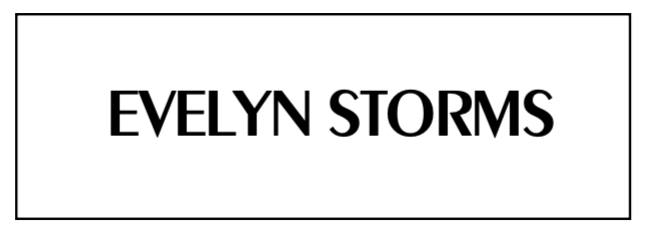Our commitment to sustainability
At E. Storms, we believe that fashion can be beautiful and sustainable.
We are committed to minimizing our environmental impact and ensuring that our products are ethically produced.

Here is how we are doing it:
-
Materials
We carefully choose our materials and fabrics with sustainability in mind. We use only high-quality fabrics that are environmentally friendly, such as organic cotton, linen… We also incorporate deadstock fabrics into our designs whenever possible.
Deadstock refers to fabric that is leftover from other designers or manufacturers and would otherwise be sent to landfills or incinerated. By using deadstock, we are able to reduce waste and give new life to beautiful fabrics that might otherwise go to waste.

-
Packaging
We believe in taking care of our planet, which is why we have taken a unique approach to our packaging. We handcraft most of our packaging in-house to have full control over waste of the materials and minimize our environmental footprint, but it also adds a personal touch to each and every order.
Our packaging is not only eco-friendly, but it is also stylish and reflects our commitment to sustainability.

-
Transparency
We believe in being fully transparent with our customers about our sustainability practices and processes. That is why we have created a detailed breakdown of the costs involved in creating our garments, including labor, materials and other expenses. We want you to understand the value of the clothing you are purchasing and feel confident that you are investing in a brand that prioritizes ethical and sustainable practices. We welcome any questions you may have about our production process and are committed to continuing to improve and innovate our sustainability efforts.
If you want to read more about why sustainability in the fashion world is so important, you can read our articles:
Detailed cost breakdown example for a garment:
- Material costs: 120€ (includes fabric, thread, buttons, zippers, washing labels and other notions)
- Labor costs: 20hrs (includes time spent designing the pattern, making samples, cutting, sewing and finishing the garment)
- Overhead costs: 30€ (includes tools or equipment, utilities, insurance and other business expenses)
- Marketing and advertising cost: 15€ (includes cost of promoting the dress, such as through social media ads or influencer collaborations)
- Shipping and handling costs: 17€ (costs of packaging materials and additional shipping costs not charged to the customer)
- Profit margin: 76€ (allows the business to reinvest in the brand and continu providing quality products and services)
Total cost to the customer: 458€
Ofcourse, the actual breakdown may vary depending on the specific product, but this gives an idea of the types of costs that may be involved in producing and selling a handmade product.




